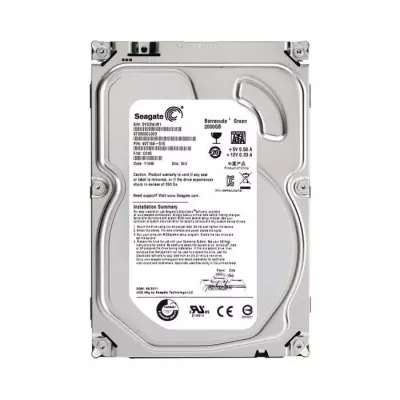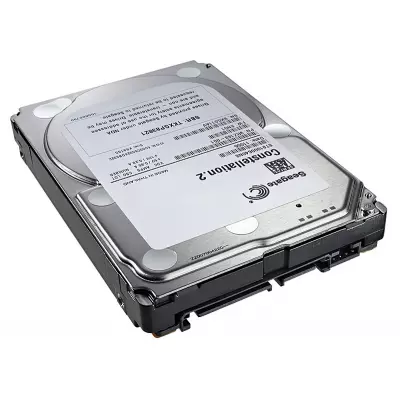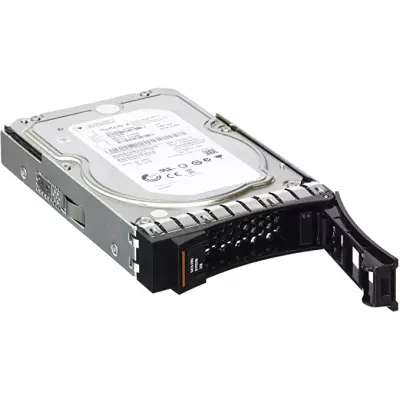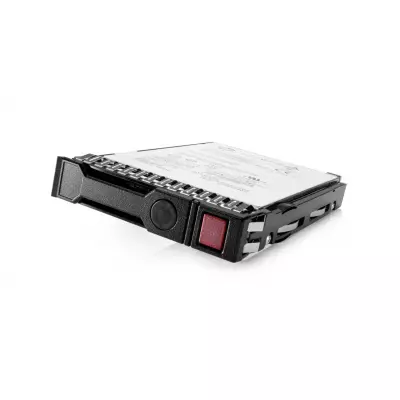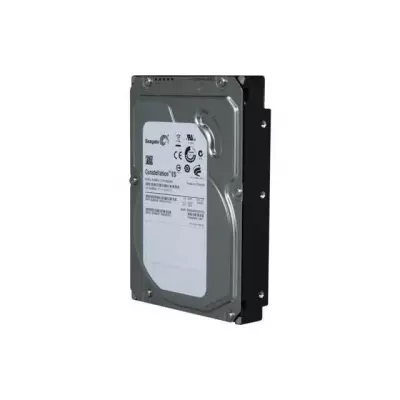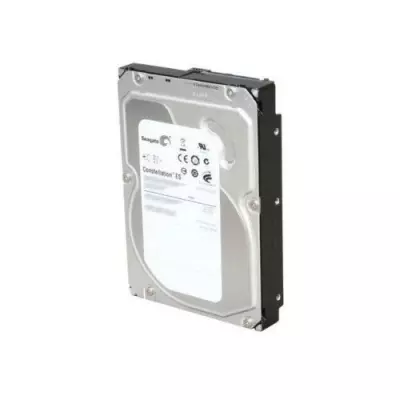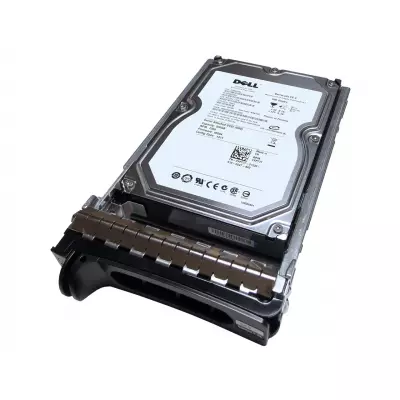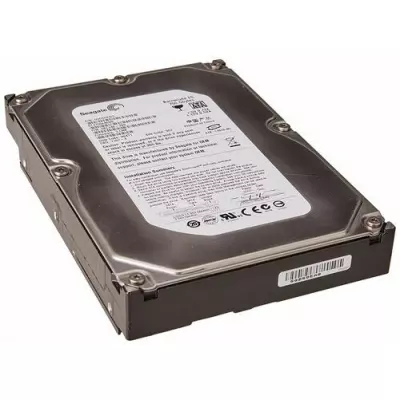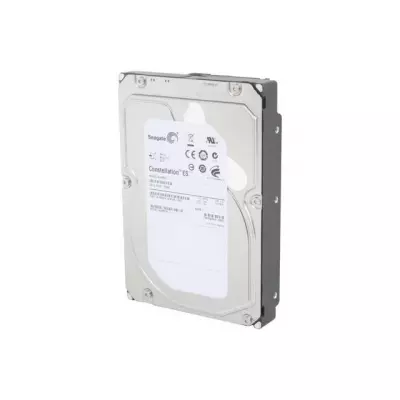Hard Drives
HOW A HARD DRIVE WORKS
Unlike volatile storage devices, a hard drive can store data even when the power is off. The hard drive's platter divides into several tiny magnetized areas. These magnetic areas move the actuator arm to read and write data to the drive. It is this magnetism that helps your device to keep storing information without being switched on.
The actuator head moves over the platter to write 0's and 1's. The head goes back to the same spot to deduce the stored 0's and 1's. Modern hard drives can store over a trillion bits per platter. However, SSDs with flash storage are gradually replacing the spinning hard drives. They are much faster, and they consume less energy than HDDs.
HDDs work as mass storage devices because they can hold a large amount of data. A standard option will give you up to 10TB of storage capacity. SSDs, on the other hand, can only have about 8TB of storage space, and other best hard disk drive available in our site.


